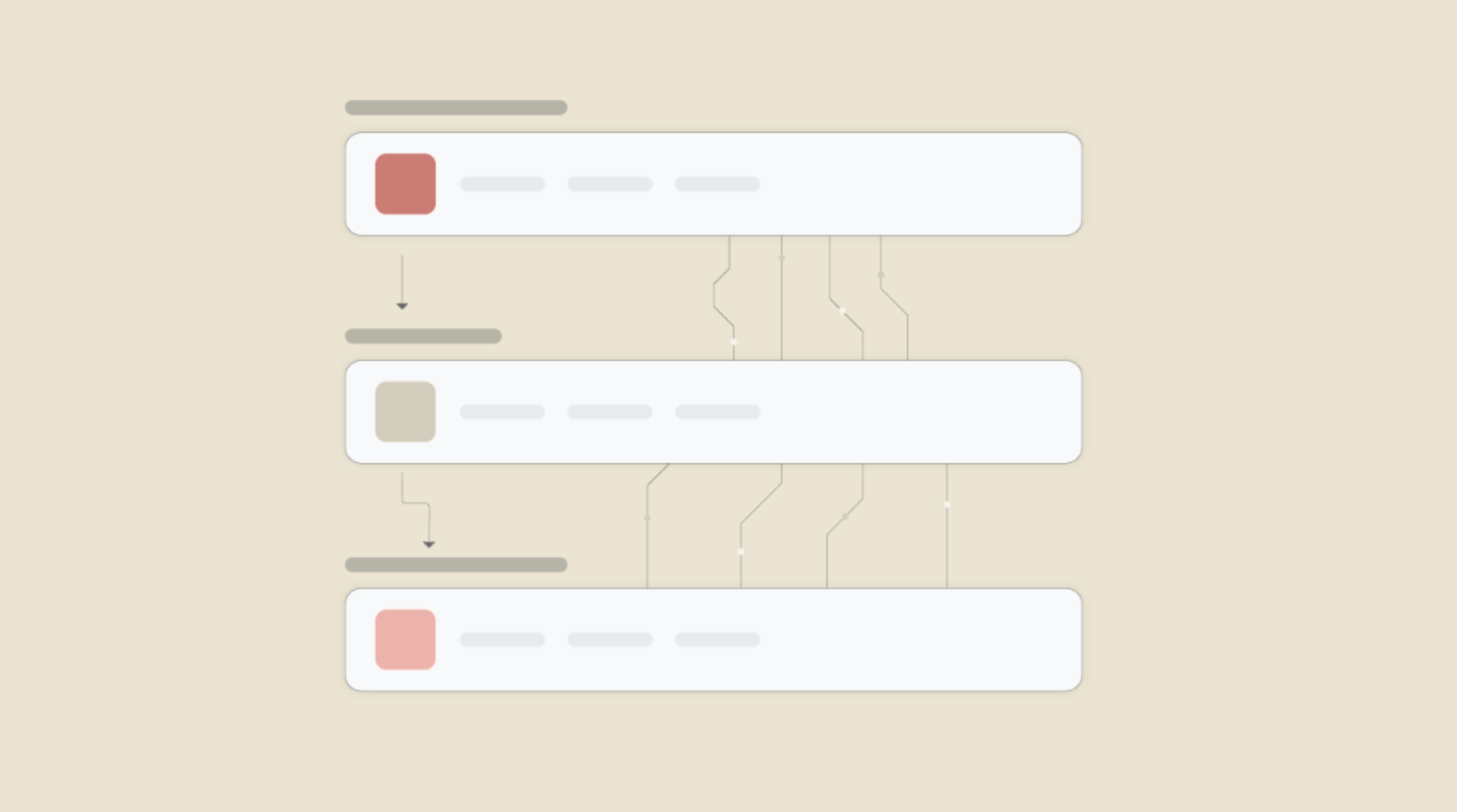Connect buttondown and bealink to Build Intelligent Automations
Choose a Trigger

When this happens...

Send Email

Creating a Subscriber

email created

email updated

subscriber updated
Choose an Action

Automatically do this!
- Request a new Action for bealink
Enable Integrations or automations with these events of buttondown and bealink
Enable Integrations or automations with these events of buttondown and bealink
Triggers
Send Email
Triggers when a email is created.
Creating a Subscriber
Triggers when a subscriber is created.
email created
Triggers when a email is created.
email updated
Triggers when a email is update
subscriber updated
Triggers when subscriber update
Actions
Updating an email
Updating an email
Update a Subscriber
Updates an existing subscriber in a account.
Updating tag
Updating a tag
Send Reminder
Sending a reminder to a subscriber.
Creating a tag
Create a new tag with a name and color code.
Sending a draft email
Send a draft email via Buttondown API with specified details
Know More About Buttondown and Bealink Integrations

How viaSocket Works | A Complete Guide
Gain insights into how viaSocket functions through our detailed guide. Understand its key features and benefits to maximize your experience and efficiency.

5 Simple Automation Hacks to Make Your Team Free
Unlock your team's potential with 5 straightforward automation hacks designed to streamline processes and free up valuable time for more important work.

What is Workflow Automation - Definition, Importance & Benefits | A Complete Guide
Workflow automation is the process of using technology to execute repetitive tasks with minimal human intervention, creating a seamless flow of activities.
Frequently Asked Questions
To start, connect both your buttondown and bealink accounts to viaSocket. Once connected, you can set up a workflow where an event in buttondown triggers actions in bealink (or vice versa).
Absolutely. You can customize how buttondown data is recorded in bealink. This includes choosing which data fields go into which fields of bealink, setting up custom formats, and filtering out unwanted information.
The data sync between buttondown and bealink typically happens in real-time through instant triggers. And a maximum of 15 minutes in case of a scheduled trigger.
Yes, viaSocket allows you to add custom logic or use built-in filters to modify data according to your needs.
Yes, you can set conditional logic to control the flow of data between buttondown and bealink. For instance, you can specify that data should only be sent if certain conditions are met, or you can create if/else statements to manage different outcomes.
About bealink
Bealink is a mobile learning application for companies. Being contextual, it transforms user experience by providing the information in the work environment and increases your team’s engagement, knowledge retention, and productivity.
Learn More